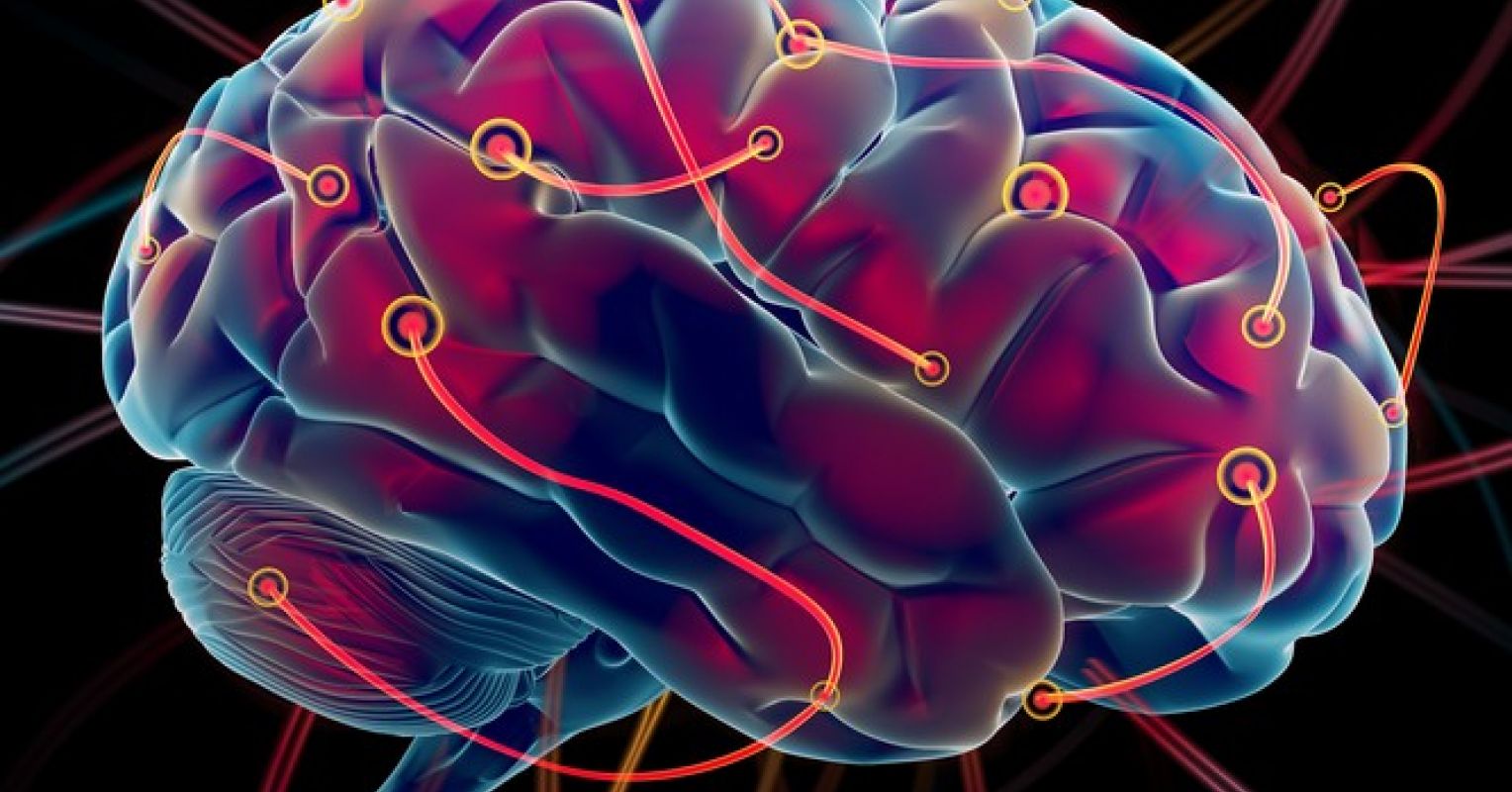
Neuroplasticity: Rewiring Your Brain for Positive Change
In a world driven by constant evolution and innovation, adapting to change is not just a valuable skill; it’s a necessity. The brain’s remarkable ability to adapt and rewire, known as neuroplasticity, holds the key to our capacity for positive transformation. This article will explore the fascinating concept of neuroplasticity and how to harness it to bring about meaningful change in your life.
Understanding Neuroplasticity: A Brain in Flux
Neuroplasticity, often described as the brain’s ability to reorganize itself, is the fundamental mechanism that underlies learning, memory, and recovery from brain injuries. This incredible phenomenon allows your brain to form new neural connections, rearrange existing ones, and adapt to different experiences.
The Science Behind Neuroplasticity
To appreciate the potential of neuroplasticity, it’s essential to grasp its scientific foundation. The brain consists of billions of neurons interconnected through synapses. These neural connections adjust and strengthen when we learn something new or experience a change in our environment. This process involves structural changes in the brain’s anatomy and functional alterations in its circuitry.
Embracing Change for Personal Growth
The power of neuroplasticity lies in its application to our daily lives. Whether you aim to acquire a new skill, recover from a setback, or foster a more positive mindset, understanding and utilizing neuroplasticity can be transformative.

Practical Steps to Harness Neuroplasticity
Now that we’ve explored the concept of neuroplasticity let’s delve into actionable steps to leverage this power for positive change.
- Engage in Lifelong Learning
Continuous learning is the cornerstone of neuroplasticity. Challenge yourself to acquire new knowledge and skills regularly. Learning activates your brain’s plasticity, whether it’s a new language, a musical instrument, or a professional qualification.
- Practice Mindfulness and Meditation
Mindfulness and meditation techniques are proven ways to enhance neuroplasticity. These practices encourage focused attention, stress reduction, and emotional regulation, all contributing to a healthier, more adaptable brain.
- Physical Exercise: A Brain Booster
Regular physical exercise not only benefits your body but also stimulates neuroplasticity. Aerobic activities, such as jogging or swimming, increase blood flow to the brain, promoting the growth of new neurons and neural connections.
- Healthy Diet for a Healthy Mind
Nutrition plays a crucial role in brain health. A diet rich in antioxidants, omega-3 fatty acids, and essential nutrients can support neuroplasticity and protect against cognitive decline.
- Seek Novel Experiences
Stepping out of your comfort zone and embracing novel experiences keeps your brain agile. Travel to new places, try new hobbies or change your daily routine to challenge your brain’s adaptability.
Conclusion: Embrace Neuroplasticity for a Transformed Life
Understanding and embracing neuroplasticity is your secret weapon for personal growth and positive transformation in a world of constant change and challenges. Your brain’s remarkable ability to rewire is a testament to your potential for change. By incorporating lifelong learning, mindfulness, physical activity, a healthy diet, and new experiences into your life, you can unlock the full power of neuroplasticity. Embrace this gift from nature and watch as you effortlessly shape a better, brighter future for yourself.
